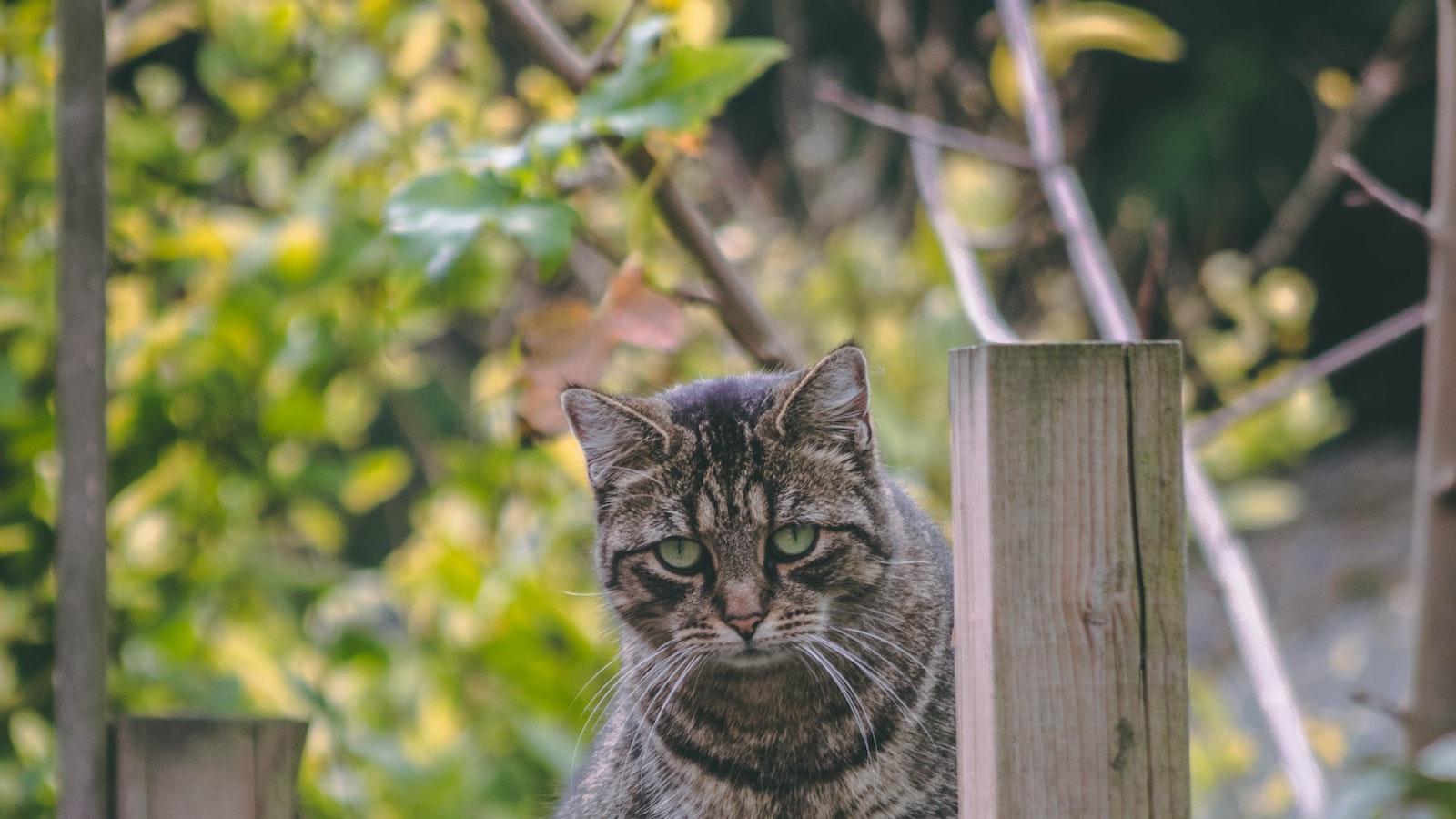As cat owners, we all know the importance of keeping our feline friends happy and healthy. One of the most crucial aspects of their well-being is their bathroom habits. But how much do we really know about our cat’s potty patterns? From the frequency of their trips to the litter box to the appearance of their waste, there’s a lot to consider when it comes to our furry companions’ bathroom behaviors. In this article, we’ll take a closer look at the scoop on your cat’s potty patterns, so you can better understand and care for your beloved pet.
1. “Uncovering the Mystery: Understanding Your Cat’s Bathroom Habits”
Understanding your cat’s bathroom habits can be a mystery for many cat owners. However, it is an essential aspect of cat care that cannot be overlooked. Here are some tips to help you uncover the mystery and understand your cat’s bathroom habits better.
Firstly, it is essential to know that cats are creatures of habit. They prefer to use the same litter box every time they need to go. Therefore, it is crucial to keep the litter box clean and in the same location. Also, ensure that you have enough litter boxes for the number of cats you have in your home. A general rule of thumb is to have one litter box per cat plus one extra. Secondly, observe your cat’s bathroom habits. If you notice any changes in their behavior, such as going outside the litter box or straining to urinate, it could be a sign of a health issue. In such cases, it is best to consult your veterinarian immediately.
In conclusion, understanding your cat’s bathroom habits is crucial for their health and well-being. By following the tips mentioned above, you can ensure that your cat is comfortable and happy when using the litter box. Remember, a clean and comfortable litter box is essential for your cat’s happiness and health.
2. “From Litter Box to Health Check: Decoding Your Feline’s Potty Patterns”
When it comes to our feline friends, their potty patterns can reveal a lot about their health. As pet owners, it’s important to pay attention to their litter box habits and understand what they may be trying to tell us. Here are some common potty patterns and what they could mean:
– Frequent Urination: If your cat is using the litter box more frequently than usual, it could be a sign of a urinary tract infection or bladder issues. It’s important to take them to the vet for a check-up and possible treatment.
– Straining to Urinate: If your cat is spending a lot of time in the litter box and appears to be straining to urinate, it could be a sign of a blockage in their urinary tract. This is a medical emergency and requires immediate attention from a veterinarian.
– Blood in Urine: If you notice blood in your cat’s urine, it could be a sign of a urinary tract infection, bladder stones, or even cancer. It’s important to take them to the vet for a diagnosis and treatment.
In addition to their urine, your cat’s feces can also reveal important information about their health. Here are some things to look out for:
– Diarrhea: If your cat’s stool is loose or watery, it could be a sign of a dietary issue, infection, or even a more serious health problem. It’s important to monitor their stool and take them to the vet if it persists for more than a day or two.
– Constipation: If your cat is having trouble passing stool or their stool is hard and dry, it could be a sign of constipation. This can be caused by a variety of factors, including diet, dehydration, and medical conditions. It’s important to take them to the vet for a diagnosis and treatment.
By paying attention to your cat’s potty patterns and seeking veterinary care when necessary, you can help ensure that they stay healthy and happy for years to come.
3. “The Inside Scoop: What Your Cat’s Urine and Stool Can Tell You About Their Well-Being
As a cat owner, it’s important to keep an eye on your furry friend’s urine and stool. These bodily functions can provide valuable insight into your cat’s overall health and well-being. Here are some things to look out for:
- Color: Normal cat urine should be a pale yellow color. If it’s dark yellow, orange, or brown, it could indicate dehydration or liver problems. Red or pink urine could be a sign of a urinary tract infection or bladder stones.
- Odor: While cat urine isn’t exactly pleasant, it shouldn’t have an overpowering or foul odor. If it does, it could be a sign of a urinary tract infection or kidney disease.
- Consistency: Normal cat stool should be firm and well-formed. If it’s too hard or too soft, it could indicate digestive issues or an underlying health problem.
It’s important to note that changes in your cat’s urine and stool could be a sign of a serious health issue, so it’s always best to consult with your veterinarian if you notice anything out of the ordinary. In addition to monitoring your cat’s bodily functions, make sure they have access to fresh water at all times and a healthy diet to promote good overall health.
As we’ve learned, your cat’s potty patterns can reveal a lot about their health and well-being. By paying attention to their litter box habits, you can catch potential issues early and ensure your furry friend stays happy and healthy. So next time you’re scooping out the litter box, take a moment to observe and analyze your cat’s potty patterns. Who knows, you might just learn something new about your feline friend!

